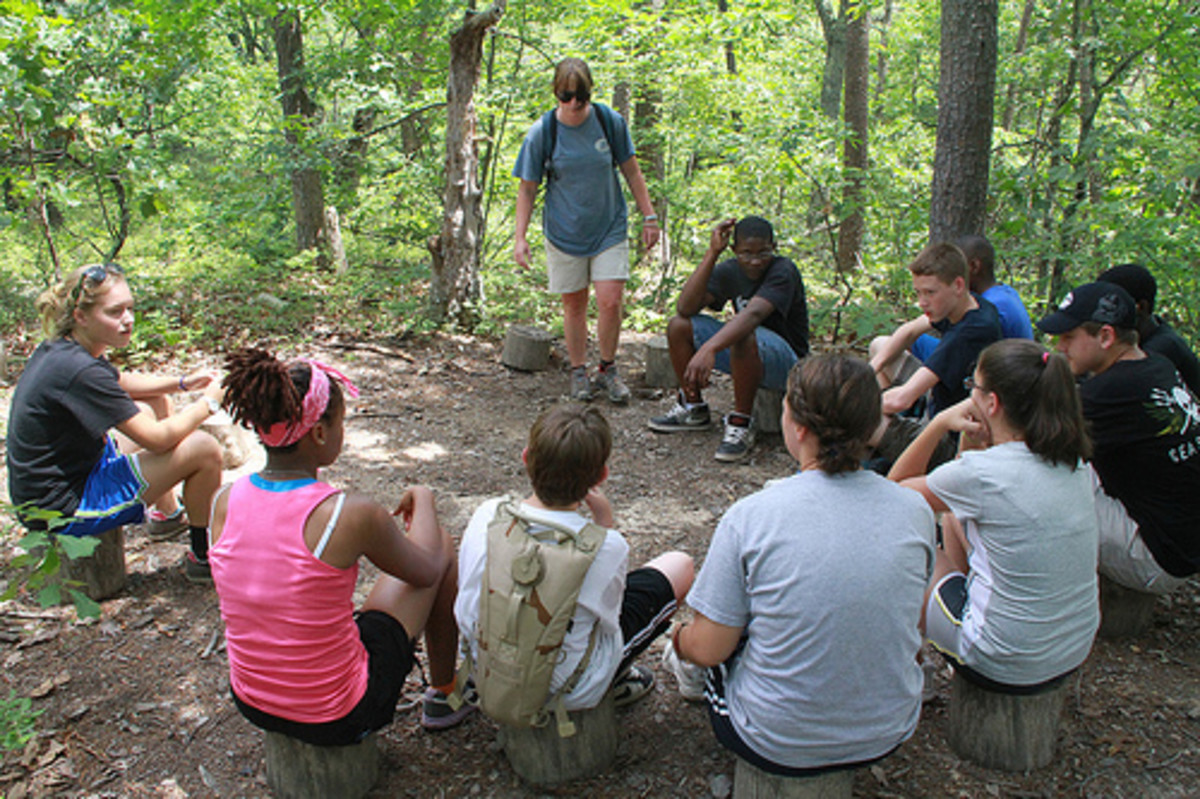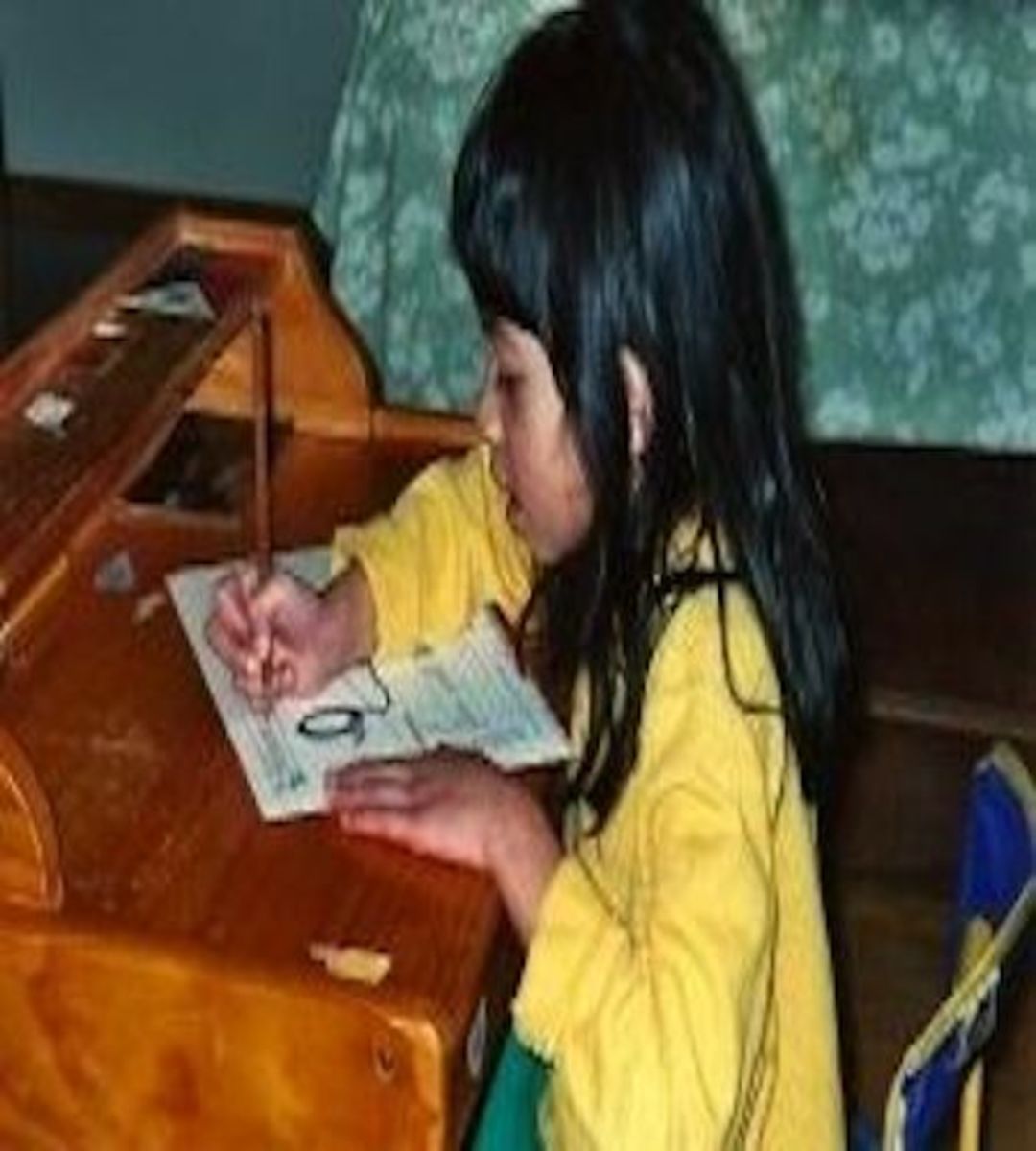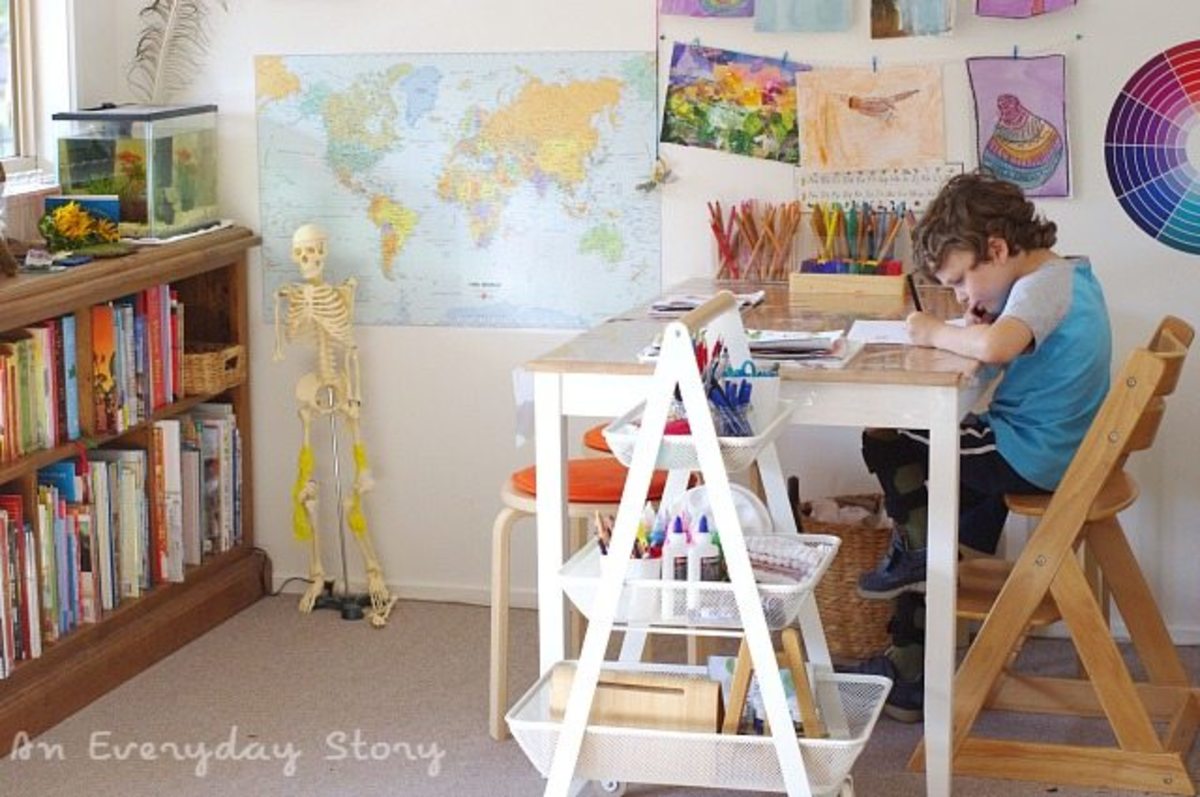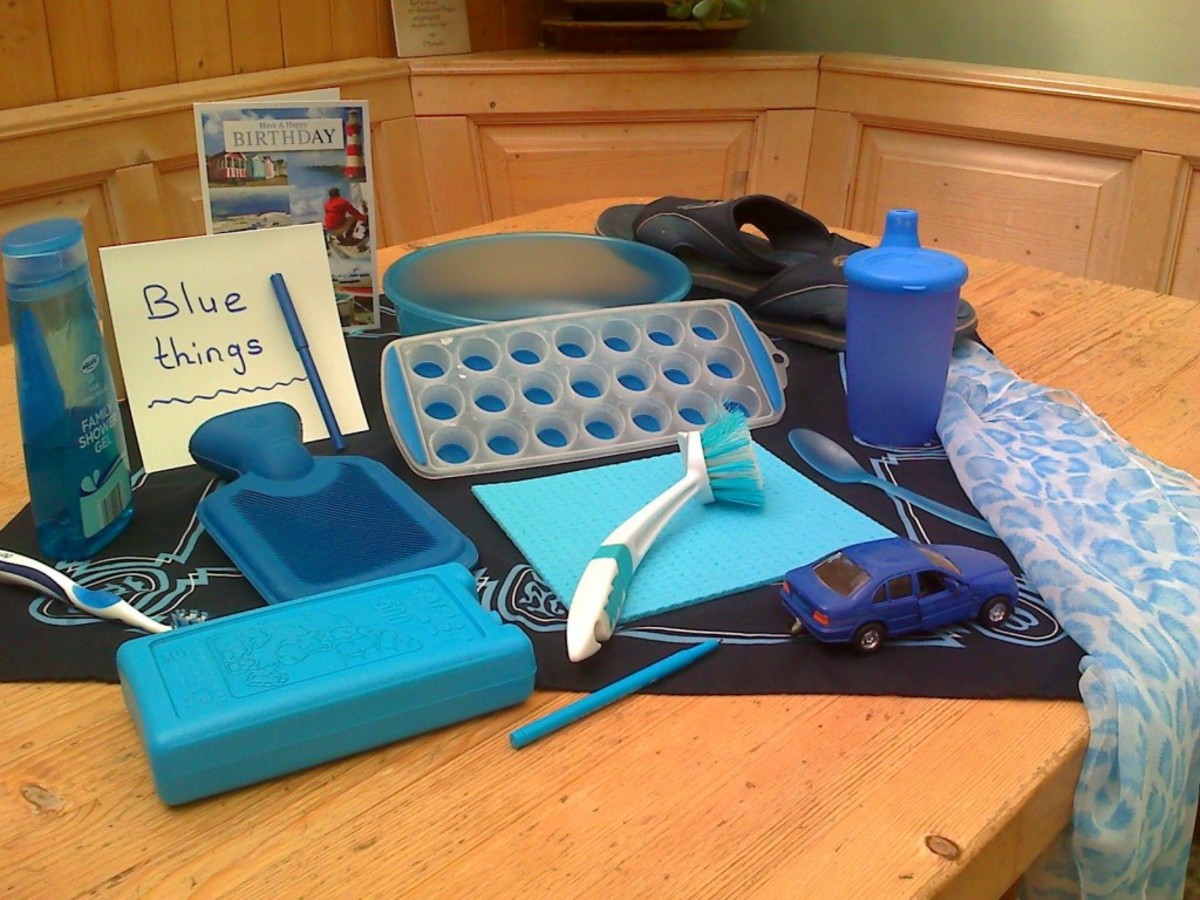Seizing Teachable Moments
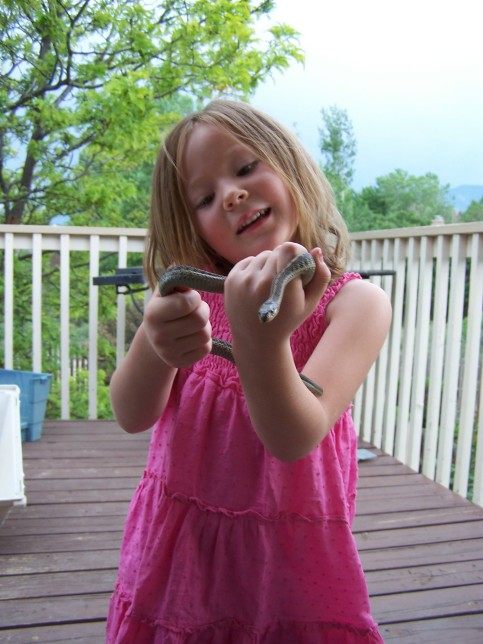
“Mom! Come look!” Excitement. That is key. It is one of my principal intentions for education. All learners retain access, but sadly, we wean our children away from it little by little. Teachers remorse to the chorus of, “Why do we have to do this?” greeting them each day. If a teacher’s only response comes to be, “Because it will be on the test,” that teacher should consider him or herself defeated. Defeated by a process that operates on contradictions. Is it even still possible to teach students something they’ll want to rush home and tell their parents, “Guess what we got to do today?” and still stay “on task,” or still meet the “aims of the curriculum?”
The Picture
With clear aims in mind for the day, I scheduled a list of activities. It was a weekend, so the schedule looked differently from a weekday. A family lunch on the patio was on the agenda, followed by some chores that needed doing. That’s when I heard the call, “Mom—come look!”
“Another snake?” I called down. Snakes usually cause that reaction from my eight year old daughter. Isa is an avid backyard garter snake enthusiast.
“No! A bat!”
“A bat!? Careful, don’t get too close. It could be hurt!” I yell, as I race down the back stairs.
It was a bat all right—in broad daylight. The temperature outside was somewhere in the eighties. It was asleep on our woodpile.
“Is it dead?” I asked.
“No, it’s alive. I saw it move.”
We took pictures and did some research on the Internet. We located pictures and compared. From what we could ascertain, it had to have been a Brown Bat. We read about them and spent the remainder of the day observing our new friend.
A Few Days Later
Today I had Isa write about the experience. Once she knew what she wanted to say about the experience, she dictated it to me while I typed. We revised together, with me providing her with guiding questions along the way. Then we published it, replete with pictures, and shared it with our family and a few of her classmates via Facebook and email.
The visitation of an uninvited mammal to our home provided us with a teachable moment. I hadn’t planned on the occasion, but once it presented itself, I went with it. This allowed me to hit four of the curriculum content objectives I have for Isa—writing, research, science knowledge, and technology. The beauty of a non-traditional education is that freedom to seize. In a traditional educational setting, I found myself hesitating because I didn’t want to interrupt my schedule. I recall one time, while teaching eighth grade in a beautiful full-windowed classroom, a fox jumped onto the planter just outside and used it as a dining table as he finished his squirrel lunch. The class was mesmerized. I wouldn’t have been able to keep them on track had I wanted to. On that occasion, I let the kids observe during our short class time, but their assignment for that evening was to write about the occasion or at least use it as inspiration for a fictional piece.
Intentional Curriculum Integration
There is always a give and take to everything. While it is true that during the summer months students are free from set schedules such as the ones they live by during the academic year, rich experience with family, friends, and their environment fills in. In a homeschooling education, students may not have the opportunity to do the kind of group problem-solving activities that I still use with my students even at the college level. However, that doesn’t mean that they “lose.” This is a truth I am still challenging myself to fully grasp. For me, it originates from Nel Noddings, author of The Challenge to Care in Schools. She writes: “There are few things that all students need to know, and it ought to be acceptable for students to reject some material in order to pursue other topics with enthusiasm.” I know it is a truth because it can’t not be. Think of all the books housed in our libraries, archived online. Can every individual read and retain every word of print ever written? Of course not. We already select. Peter Alheit says something similar in his article, “Biographical Learning—within the new lifelong learning discourse” when he reminds us that not every individual has “every conceivable possibility open to [him or her], ” yet of all that we do have available, even then we cannot possibly take advantage of all that is within our reach. Curriculum developers might call this “information literacy” which has become a key component of 21st century learning. With so much available, we must let go of the guilt that tells us “but my child needs to learn X or Y.” There is no engraved list of everything that a student at any specific age must know. There are plenty of suggested lists, but those of us in the position of helping to narrow the possibilities must learn first to judge by something other than a perceived invisible notion of what is expected.
Knowing the Learner
Isa is a naturalist at heart. From the time when she was two and brought her first snake into our house, full of excitement (and yes, we then had to educate her about picking up snakes without first having us help her identify what kind of snake it was), we knew this about her. The brown bat experience provided us with the opportunity to provide Isa with a full educational opportunity driven by that unique blend of curiosity and excitement she has for nature, thus seizing a teachable moment. See below to link to Isa’s blog.
Isa Speaks
Brief Bio:
Jenn Gutiérrez holds an M.F.A in English and Writing. Previous work has appeared in journals such as The Texas Review, The Writer’s Journal, The Acentos Review, Antique Children, and Verdad Magazine. Her 2005 debut collection of poems titled Weightless is available through most online book outlets. She currently teaches composition at Pikes Peak Community College and is working on a doctoral degree in Curriculum & Instruction at the University of Denver.



